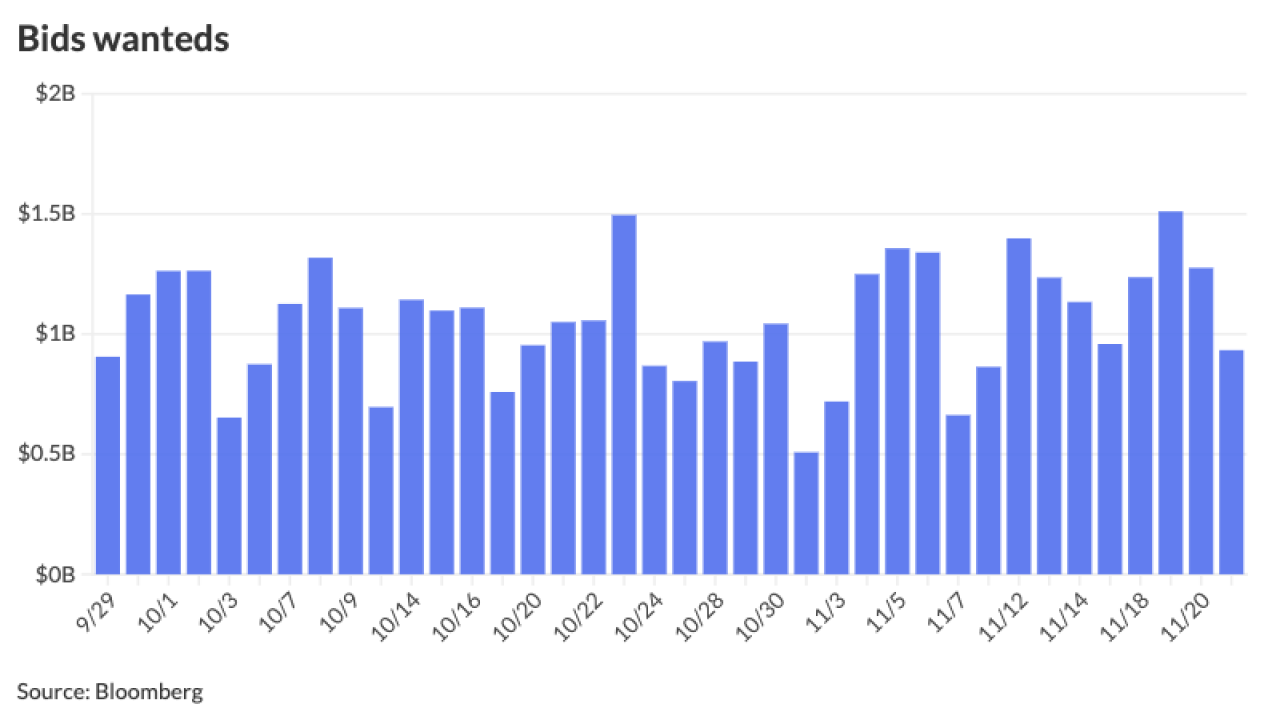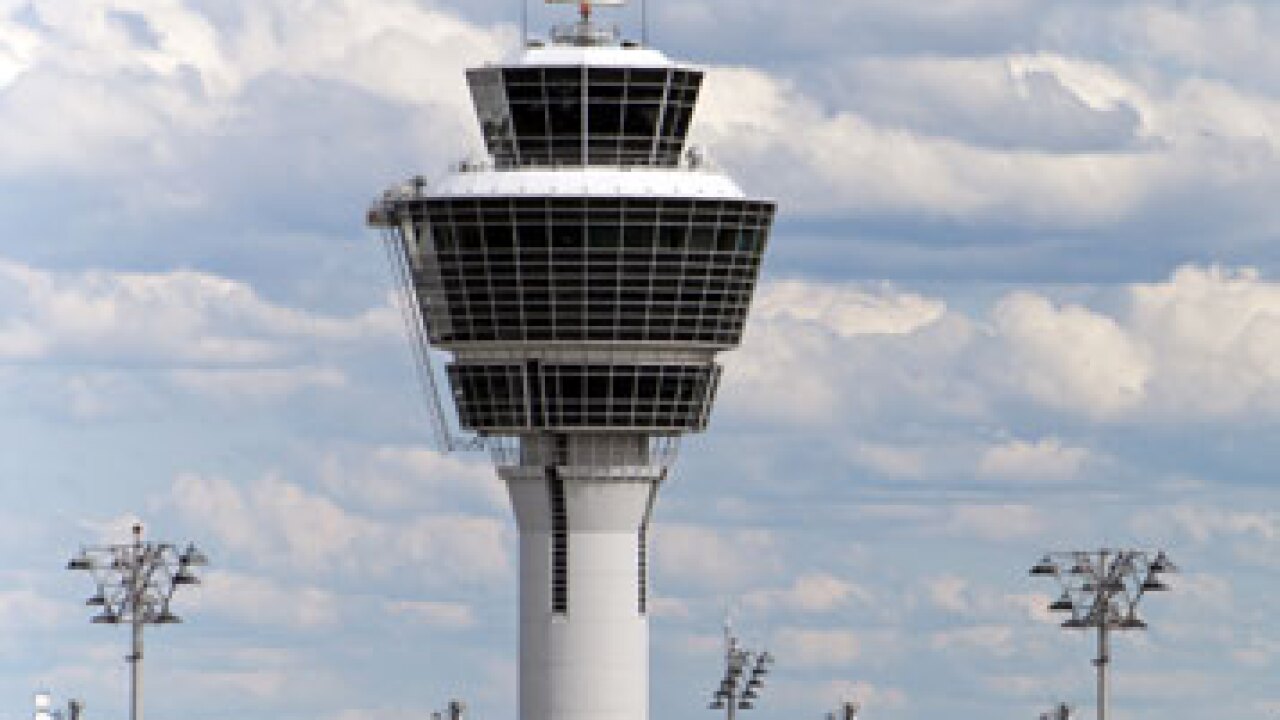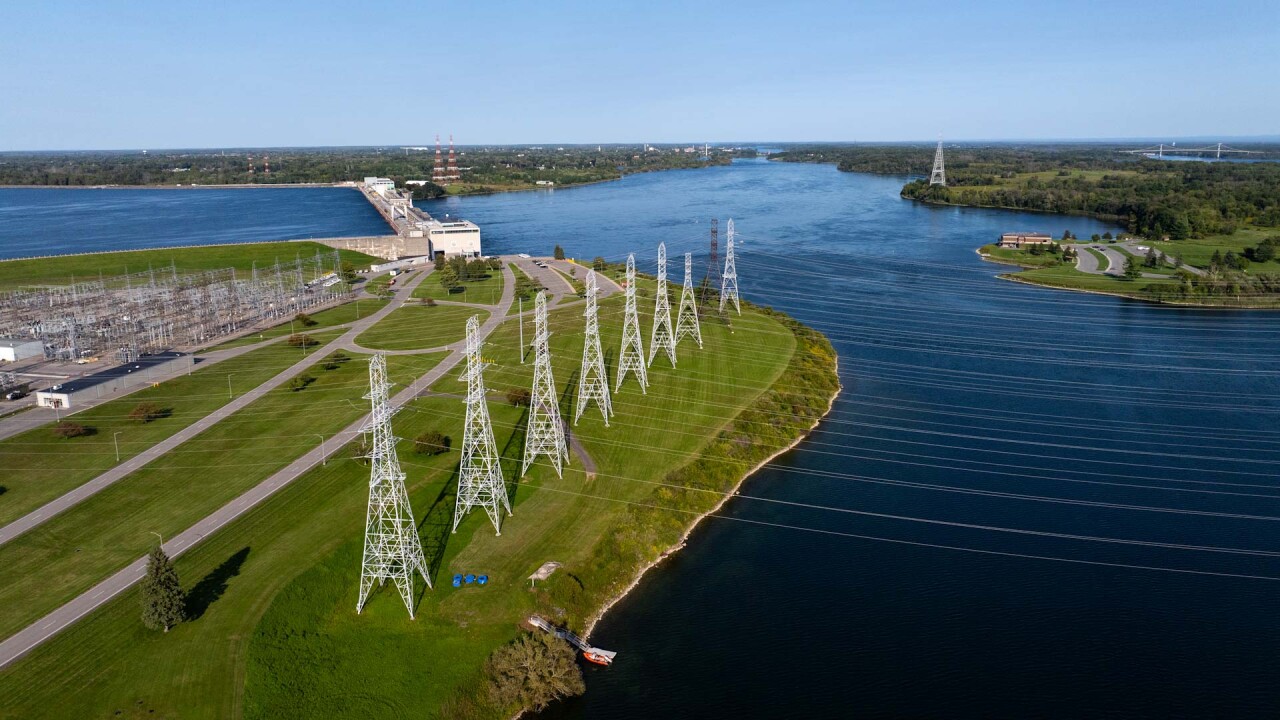With Indiana revenue collections running $1 billion over estimates with just one month left in the fiscal year, Gov. Eric Holcomb proposed returning that amount from reserves to taxpayers through an automatic tax refund.
Holcomb, a Republican, called for a special session to approve the proposal.
“Hoosiers have real needs right now during this period of high inflation, from the gas pump to buying groceries, and everyone should benefit from the state’s success,” Holcomb said in a statement. “I’ve committed to work with them to call a special session before the end of June to take action to align this second round of returns with our current ATR.”

Holcomb said he’s met with Speaker Todd Huston and Senate President Pro Tem Rodric Bray, both Republicans, and both voiced support.
The proposal would send taxpayers an additional $225 on top of $125 Hoosiers already will receive due to the surplus expectations from the top-rated state’s December revenue forecast.
“By issuing another round of automatic taxpayer refunds, we can provide quick and substantial relief while maintaining the state's prudent reserves and providing budget flexibility moving forward," Huston said in a statement.
Holcomb rolled out the proposal Thursday as the state
General fund revenues for May totaled $1.7 billion, 13.7% over the December revised estimates but 7.8% down from May 2021 collections.
“Notably, better-than-expected collections from individual income tax and corporate taxes are driving this month’s better-than-expected performance,” the report said. “Monthly fluctuations are influenced by refunds, payment timing, and seasonal factors.”
Year-over-year comparisons to FY 2021 must be considered relative to the pandemic, tax deadlines, and evolving federal policy actions on assistance programs, economic impact payments, interest rates, and more, the report noted. May 2021 numbers benefitted from a delay in the April income tax filing deadline by one month.
Sales tax collections totaled $847 million for May 2022. That’s $3.5 million below the monthly estimate but $34.6 million above revenue in May 2021.
Individual income tax collections totaled $714.8 million for May, which is $172.1 million above the monthly estimate but $219.3 million below May 2021 collections. Corporate tax collections totaled $97.4 million for May, which is $52.8 million above the monthly estimate and $51.2 million above revenue in May 2021.
Year-to-date general fund revenues hit $18.69 billion, up 6.1% from the December forecast and $1.7 billion over revenues collected for the same period last year.
In December, officials raised the forecast by $3.3 billion for the
If reserves hit 12.5% of general fund appropriations excluding K-12 education reserves, automatic taxpayer returns are triggered.
Holcomb reached an agreement on a
Democrats had pressed Holcomb and GOP leaders to halt the tax on gasoline to help taxpayers deal with inflation but Holcomb rejected that idea.
The rosier revenue projections accompany the $3.1 billion the state is receiving in direct relief from the American Rescue Plan Act.





